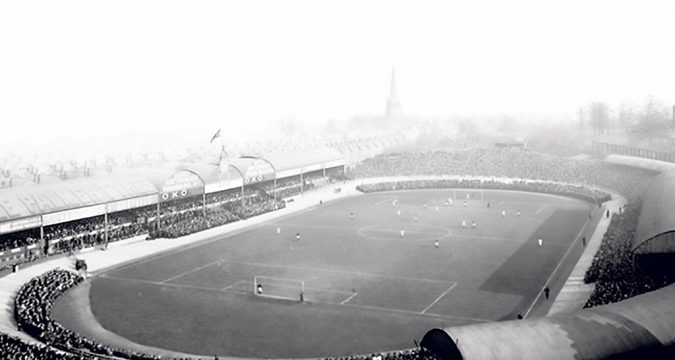 Our journey around the villages, towns, cities and regions that have rugby league running through their veins arrives in the West Midlands.
BINS have been in the news in Birmingham.
But amid a build-up of rubbish in the second city after a dispute between the council and refuse workers, a different type of strike has been talked about at the Al
Our journey around the villages, towns, cities and regions that have rugby league running through their veins arrives in the West Midlands.
BINS have been in the news in Birmingham.
But amid a build-up of rubbish in the second city after a dispute between the council and refuse workers, a different type of strike has been talked about at the Al Locations of League: West Midlands
 Our journey around the villages, towns, cities and regions that have rugby league running through their veins arrives in the West Midlands.
BINS have been in the news in Birmingham.
But amid a build-up of rubbish in the second city after a dispute between the council and refuse workers, a different type of strike has been talked about at the Al
Our journey around the villages, towns, cities and regions that have rugby league running through their veins arrives in the West Midlands.
BINS have been in the news in Birmingham.
But amid a build-up of rubbish in the second city after a dispute between the council and refuse workers, a different type of strike has been talked about at the Al 